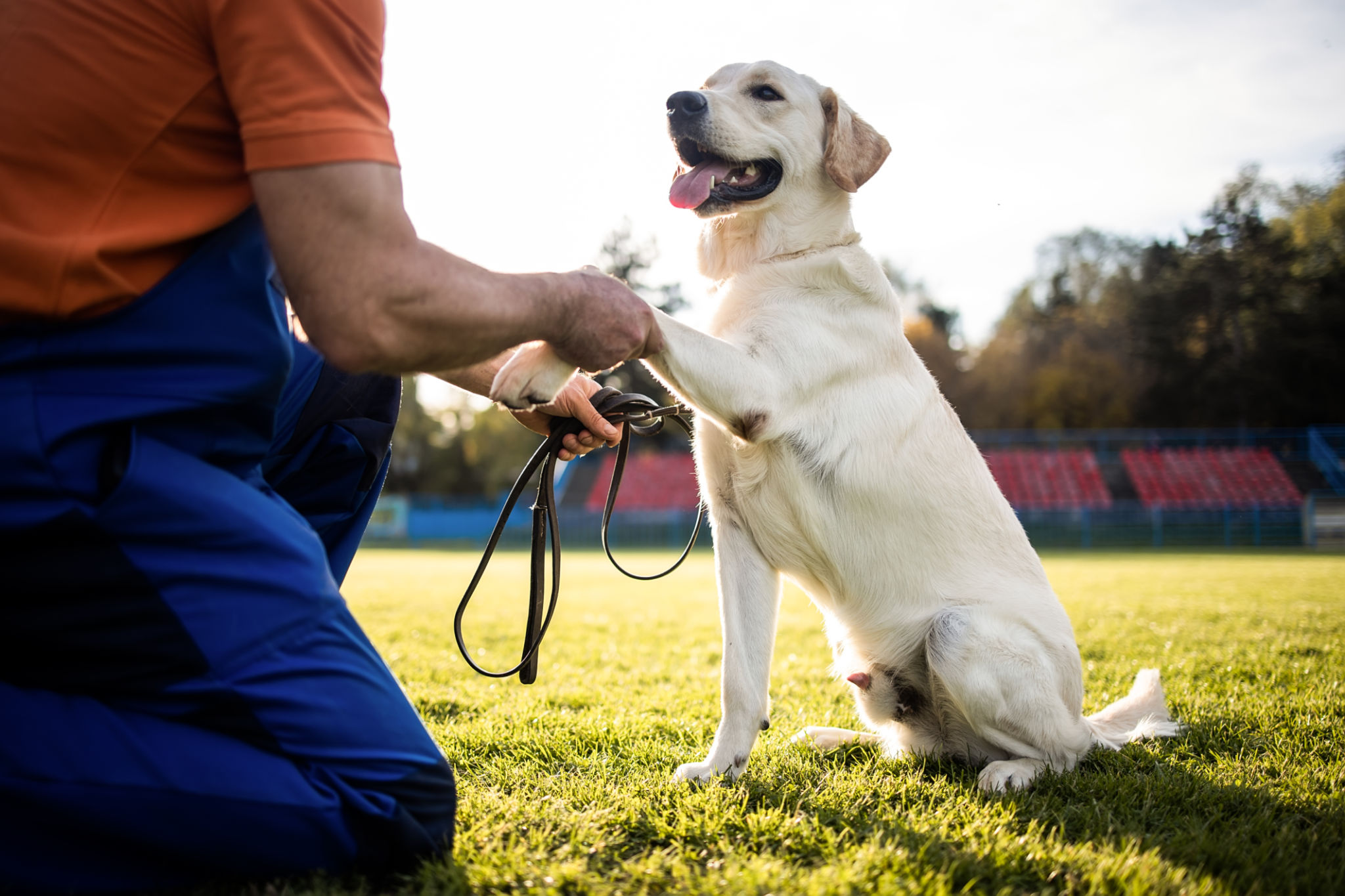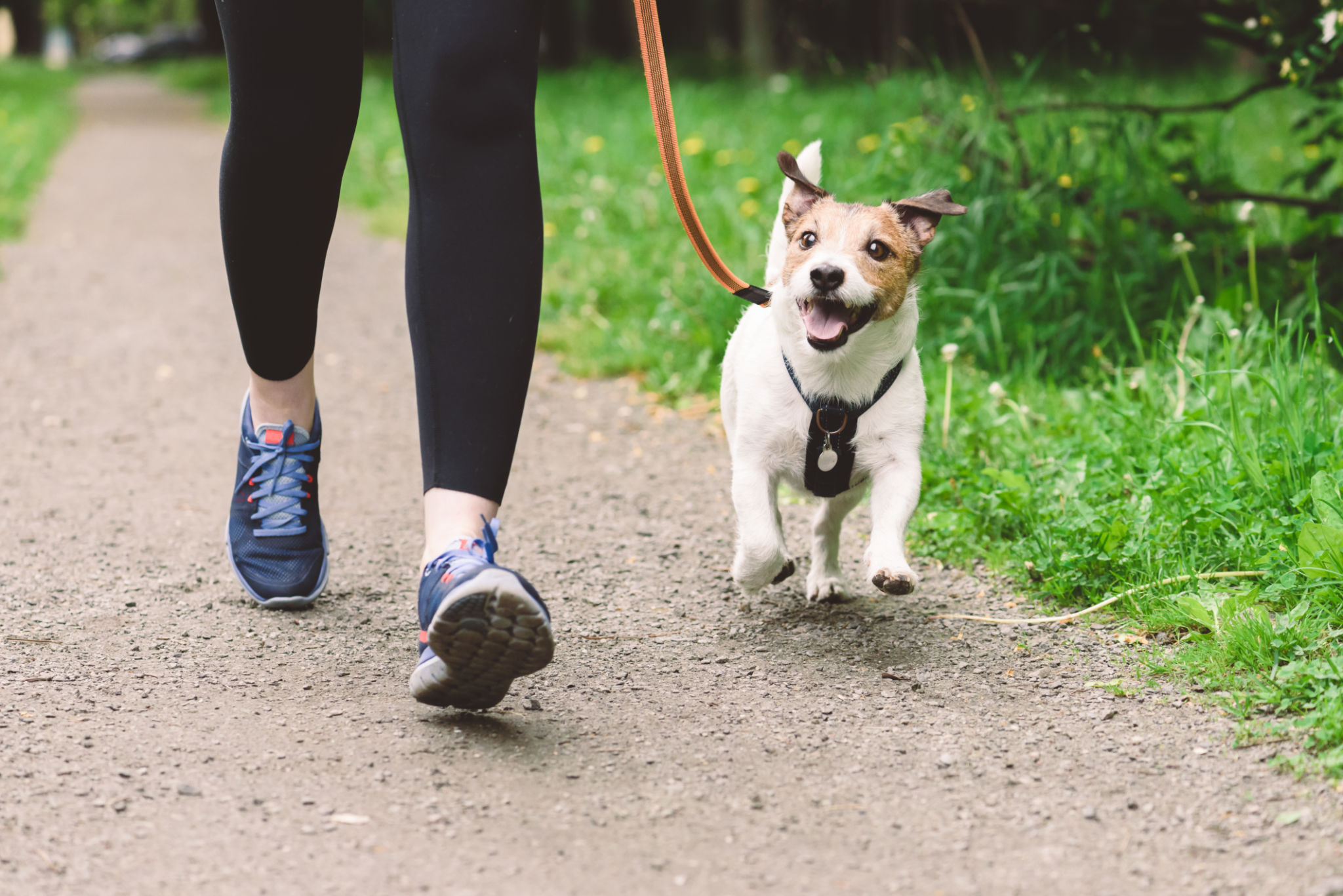A Beginner's Guide to Level 1 Obedience Training for Dogs
Understanding Level 1 Obedience Training
Obedience training is essential for every dog to ensure they behave appropriately and safely in various situations. Level 1 obedience training focuses on basic commands and socialization skills. This foundational training sets the stage for more advanced obedience levels. The primary goal is to establish a strong bond between you and your furry friend.

Key Commands to Teach
Level 1 obedience training typically includes several fundamental commands. These are crucial for establishing discipline and ensuring your dog can respond to basic cues. Here are some of the main commands to introduce:
- Sit: This command helps in controlling your dog in various situations, keeping them calm and stationary.
- Stay: Essential for ensuring your dog remains in one place until you release them.
- Come: Critical for recalling your dog, especially in potentially dangerous situations.
- Heel: Encourages your dog to walk closely by your side.
The Importance of Consistency
Consistency is key when it comes to obedience training. Make sure to practice the commands regularly and use the same verbal cues and hand signals every time. This helps your dog understand what is expected of them and reinforces good behavior. Remember that patience is essential, as each dog learns at their own pace.

Utilizing Positive Reinforcement
Positive reinforcement is one of the most effective techniques in obedience training. Rewarding your dog with treats, praise, or playtime when they follow a command encourages them to repeat the desired behavior. Ensure that rewards are given immediately after the command is successfully executed to reinforce the connection between action and reward.
Avoiding Common Mistakes
While training, it's important to avoid some common pitfalls that can hinder progress. Refrain from using negative reinforcement or punishment, as this can create fear and anxiety in your dog. Additionally, don’t rush the training process; allow your dog ample time to learn and practice each command thoroughly.

The Role of Socialization
Socialization is a crucial component of Level 1 obedience training. Exposing your dog to different environments, people, and other animals helps them adapt and behave appropriately in various situations. It reduces anxiety and promotes confidence, making your dog more comfortable in new settings.
Tracking Progress
Monitoring your dog's progress is important to ensure they are advancing in their training. Keep a journal of their achievements and challenges. Celebrate small victories and identify areas that need improvement. Regularly reviewing their progress helps in adjusting training techniques as needed.
When to Seek Professional Help
If you encounter persistent challenges during Level 1 obedience training, it may be helpful to seek professional assistance. A certified dog trainer can provide personalized guidance and support, ensuring both you and your dog have a positive training experience.
In summary, Level 1 obedience training is a vital step in nurturing a well-behaved and happy dog. By focusing on basic commands, consistency, positive reinforcement, and socialization, you set the foundation for a lifelong relationship built on trust and respect.